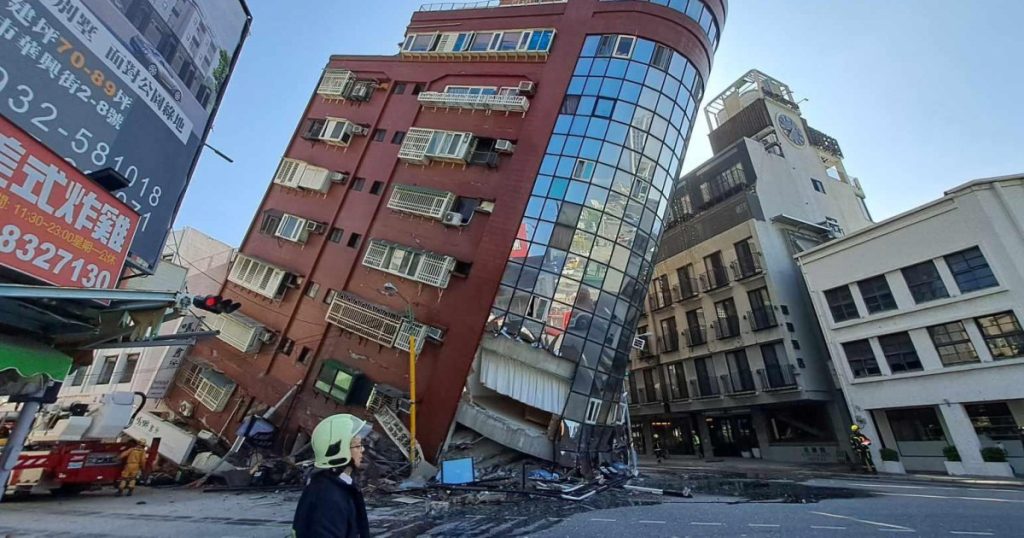The recent powerful earthquake in Taiwan shook the island, causing nine reported deaths, over 1,000 injuries, and fears of over 100 trapped individuals. Despite the magnitude 7.4 quake, initial reports suggested that Taiwan’s infrastructure fared relatively well due to its robust early-warning system, modern seismic building codes, and the population’s familiarity with seismic activity. The island had significantly upgraded its infrastructure following the 1999 Chi-Chi earthquake, with stronger buildings and better facilities now in place.
Experts noted that U.S. cities along the West Coast, such as Seattle, Portland, Los Angeles, and San Francisco, are making varying levels of progress in earthquake preparedness. However, none of them measure up to Taipei, Taiwan’s capital, in terms of earthquake readiness. The earthquake in Taiwan provides an opportunity for U.S. scientists and political leaders to evaluate how buildings and communities might fare in similar situations. Initial assessments indicate that older concrete buildings in Taiwan were more vulnerable, with newer, tall buildings demonstrating better performance.
Taiwan’s experience with earthquakes dates back to the magnitude-7.7 Chi-Chi earthquake nearly 25 years ago, which prompted the island to bolster its earthquake preparedness efforts. The quake catalyzed infrastructure upgrades, new building codes, seismic zone reclassifications, and the establishment of emergency command centers. Taiwan’s response to seismic risks mirrored that of Southern California, with a focus on retrofitting vulnerable buildings and evaluating schools. While other West Coast states like Washington have made progress in evaluating schools, Seattle’s old brick buildings remain at risk.
Taiwan’s sophisticated early-warning system played a critical role in its earthquake safety infrastructure. The system, which relies on a network of seismic instruments, provides residents with seconds of warning through phone alerts and live TV broadcasts. Similar systems are in place in California, Oregon, and Washington, but Taiwan’s system offers more comprehensive warning capabilities. By detecting P-waves from earthquakes, the system can calculate their strength and issue timely alerts to residents, mitigating potential damage and casualties.
Taiwan’s progress in earthquake safety was a gradual process that required public education, trust in government, and faith in scientists. Over the past 25 years, the island has made significant strides in earthquake preparedness, with ongoing efforts to strengthen infrastructure and improve response capabilities. By learning from Taiwan’s experience and best practices, U.S. cities and communities can enhance their earthquake readiness and minimize the impact of future seismic events. The earthquake in Taiwan serves as a valuable reminder of the importance of proactive measures in mitigating earthquake risks.


